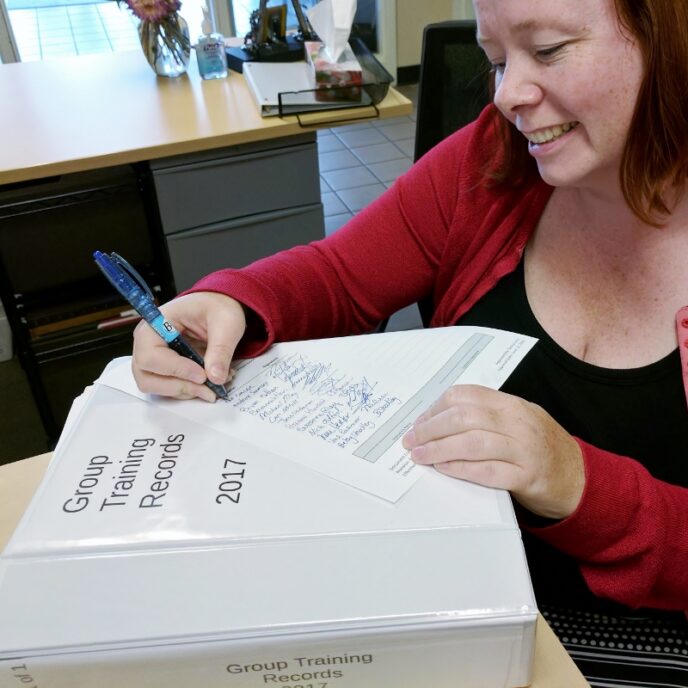
5 Tips to effectively manage competence and training
The value of competence and training in developing and maintaining a quality workforce is well understood. Yet, many organizations struggle with providing, documenting, and evaluating the effectiveness of their training efforts. This is often revealed in audit findings that point to deficiencies such as a lack of establishing procedures for training and identifying training needs, a lack of training evaluation, and a lack of evidence that personnel have sufficient training and can adequately perform job-related duties. As the audit findings imply, it’s not enough to verify the existence of training records. Organizations must now determine the necessary competence of personnel and assess the effectiveness of any training being provided to maintain that competency.
The importance of competence and training is captured by the requirements noted in Section 6 – Resource Management of the ISO 13485:2016 standard, which specifies:
The organization shall:
- determine the necessary competence for personnel performing work affecting product quality;
- provide training or take other actions to achieve or maintain the necessary competence;
- evaluate the effectiveness of the actions taken;
- ensure that its personnel are aware of the relevance and importance of their activities and how they contribute to the achievement of the quality objectives;
- maintain appropriate records of education, training, skills and experience.
Training software can assist with administrative tasks, such as keeping tracking of training requirements, due dates for training, and even provide training evaluations. However, the software alone cannot do everything and requires regular maintenance. Whether or not training software is used, here are 5 tips to consider when developing a training program:
Assign a Training Administrator
Training is a continuous exercise in any organization. As new employees are brought on board, old employees depart, and existing employees’ schedules fill up, it is helpful to have a designated Training Administrator to schedule training sessions, maintain training records, and coordinate training needs and requirements with the supervisors, instructors, and trainees. While training software can perform these administrative tasks, an Administrator will help maintain the software and update training inputs.
Be aware of constraints and limitations
Training takes time and money. It’s important to consider the logistics and the resources available for training, including the availability of instructors and subject matter experts, and time needed to provide and evaluate training. Taking the time to develop a training program and matrix appropriate to the size and scope of your organization will be beneficial in the long run.
Review training material on a regular basis and update material as required
When procedure or document updates occur, ensure these updates are included in the training material. Double check the revision of the documents. Provide and record training on all updates before the effective dates pass.
Ensure appropriate training methods and effectiveness measures are used
Different training methods may be used, depending on the training needs of the employee and material. For example, initial training for a new hire on the organization’s quality policy manual can be provided in person through a presentation or group discussion. Training on minor updates on a procedure can be provided through email. Training on product assembly is more appropriately provided through hands-on training.
Similarly, different effectiveness measures may be used, depending on the risk associated with the work for which the training is being provided. A quiz may be appropriate in evaluating effectiveness of training on a relatively simple, low risk task. But evaluating effectiveness for a more high risk activity should include a more in-depth test of understanding or performance.
Evaluate competence and training needs on a regular basis
Conduct performance reviews regularly for each employee to evaluate job performance and competency. These reviews help to determine if there are training needs that should be addressed in management reviews, such as additional training or job description updates.
People are the most important element in any organization. In medical device operations, without competence and training, it is almost impossible to produce good quality products. Whether the training system is software or paper based, it is critical to keep up to date and ensure personnel are trained and competent to perform their duties.
Clara Li is a Junior QA/RA Specialist at StarFish Medical. Based in Toronto, Clara recently transitioned to the StarFish Medical QMS. She received lots of training in the process and shared her insights in this, her first blog. She welcomes comments and other tip from her readers.
Images: StarFish Medical
